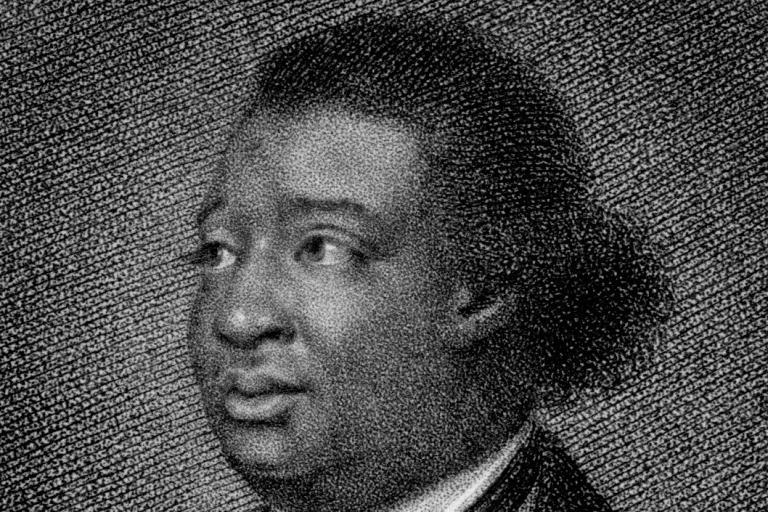During the 18th century it is estimated there were over 20,000 black people living in Britain, mainly in cities such as London.
For centuries there had always been a black presence, but in the 18th century there was a remarkable spike in the population. For different reasons, people had settled here – mainly the reasons were associated with the slave trade. Many were domestic servants, seamen or soldiers.
But whether they were beggars or a runaway, businessmen or ambassadors, musicians, publicans or writers, their fortunes were dependent on the ups and downs of British commerce and the spread of new ideas.
Whatever their social rank, however celebrated they might have been whilst living here, there would have been a feeling of difference and alienation amongst the black population. Whatever their background, most would have experienced oppression every day.



